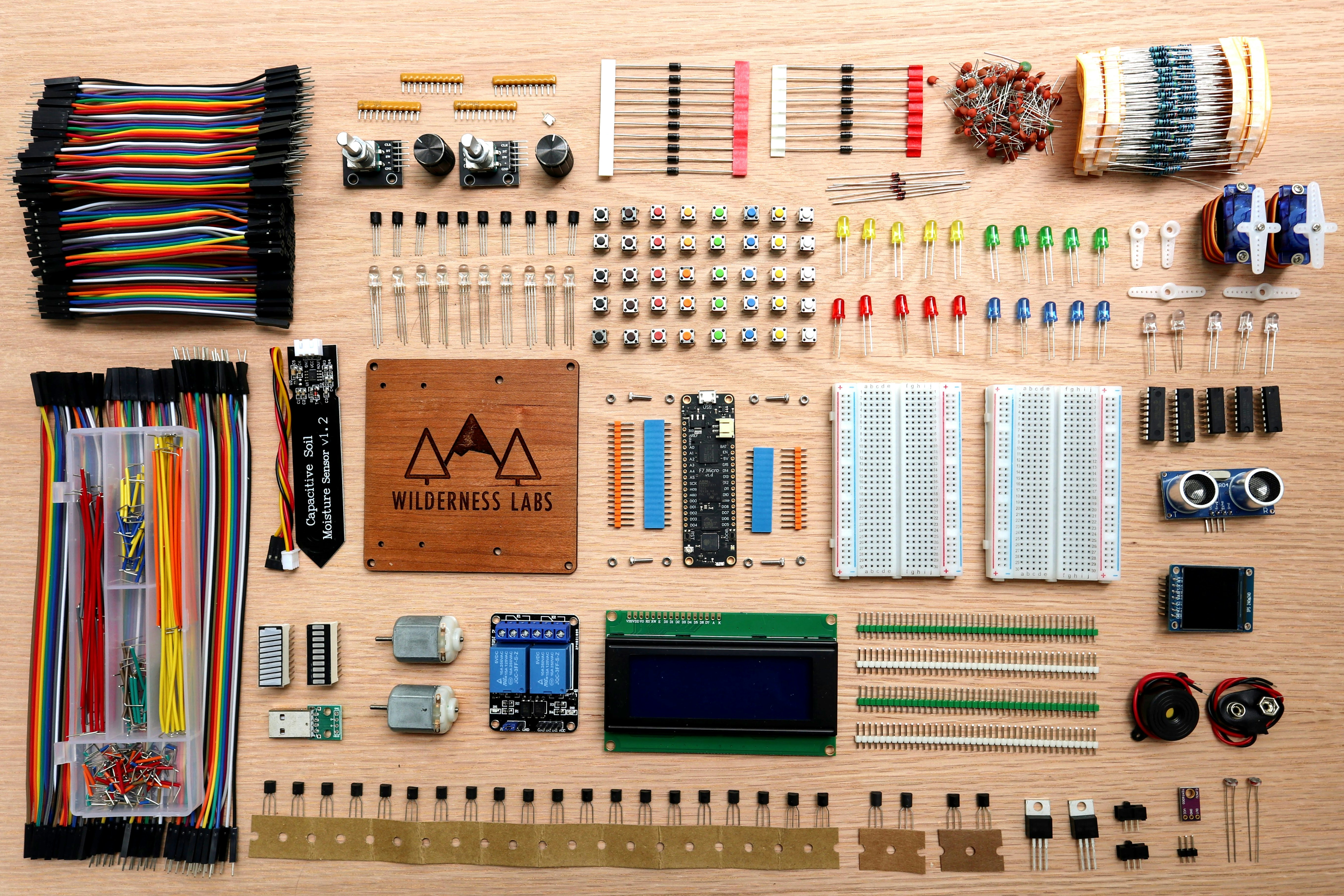Shaping the Future with Multi-Access Edge Computing (MEC)
In the ever-evolving world of technology, a new player is making waves: Multi-Access Edge Computing (MEC). The concept, although not entirely new, is making a significant impact on the tech industry. The idea behind MEC is to bring computational power closer to the data source, reducing latency, improving data traffic, and enhancing user experience. The roots of this concept can be traced back to the late 1990s, where content delivery networks began to push data closer to the user to improve load times.

The Rise of MEC
Fast forward to today, MEC is coming into its own, propelled by the exponential increase in data generation and the need for real-time processing. By processing data at the edge of the network, closer to the user, MEC greatly reduces the latency and bandwidth usage that traditional cloud computing struggles with. The technology has found its place in industries from gaming to autonomous vehicles, anywhere where latency can make a significant difference.
MEC in the Current Tech Landscape
Recently, the buzz around MEC has increased, with tech giants like Microsoft and Google investing heavily in edge computing. Microsoft’s Azure Edge Zones and Google Cloud’s Anthos for Telecom are examples of edge computing platforms targeting telecom operators. With 5G networks rolling out globally, the synergy between 5G and MEC is expected to revolutionize industries requiring real-time interactions.
MEC’s Impact on the Market
MEC is poised to be a game-changer in the tech industry. According to a report by MarketsandMarkets, the edge computing market is expected to grow from USD 2.8 billion in 2019 to USD 9.0 billion by 2024, at a Compound Annual Growth Rate (CAGR) of 26.5% during the forecast period. This growth is expected to be driven by the increasing number of IoT devices and the need for low-latency processing and real-time, automated decision-making solutions.
Looking Ahead: The Future of MEC
As we look towards the future, the potential applications for MEC are vast. From enabling autonomous vehicles to operate more safely, to improving the gaming experience with lower latency, the possibilities are endless. With the continued advancement of technology, we can expect MEC to play a pivotal role in shaping the tech landscape of the future.
In conclusion, Multi-Access Edge Computing (MEC) is shaping the future of technology. By bringing computational power closer to the data source, it’s reducing latency, improving data traffic, and enhancing user experiences across industries. Its potential applications are vast and its impact on the market is significant. As we move forward, it’s clear that MEC will continue to play a pivotal role in shaping the tech industry.






